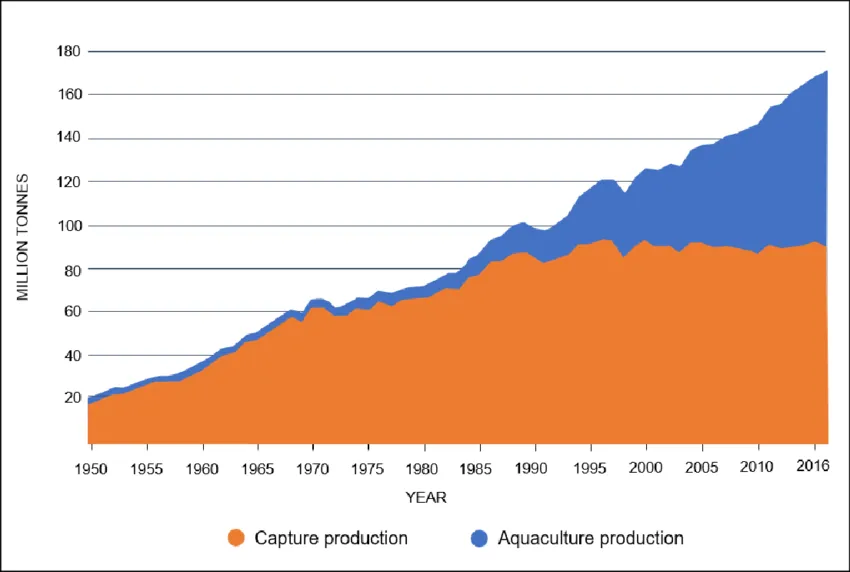Failing to take care of the ocean, humans increasingly appreciate what it provides them. For six decades, per capita consumption of seafood has increased twice as fast as the world population. In 1961, it was 9.1 kilos per year, it now stands at 20.7 kilos. China alone swallows up 36%.
The FAO, the Food and Agriculture Organization of the United Nations, predicts that humans will eat even more of it in the coming years. At least on average, because the African continent should see its per capita share continue to decline, particularly in sub-Saharan regions, where however “many people depend on it to meet their nutritional needs”underlines the UN agency in its annual report on the state of fisheries and aquaculture in the world, published Friday June 7.
Its experts predict, unsurprisingly, that fishing will not follow an upward trend. Indeed, it has stagnated since the end of the 1980s, despite ever more sophisticated techniques and powerful fleets which increasingly operate on the high seas. Its total volume has fluctuated between 86 million and 94 million tonnes per year for almost forty years. years.
In 2022, it reached 92.3 million tonnes (including 1.3 million tonnes of algae), or 41% of the 223.2 million tonnes of global seafood production. Aquaculture, which recorded a record that year with production of 130.9 million tonnes (including 37.8 million tonnes of algae), now clearly dominating the sector. Nearly 90% of production from fishing and farming is intended directly for humans, the rest is transformed into flours and oils, largely for animal feed.
An important economic sector
On the management of fishery resources, the UN agency draws up a contrasting global assessment. Despite its calls to reduce catches to less devastating levels, only 62.3% of biological stocks (i.e. a species in a given marine area) are fished at a sustainable level, that’s 2.3 % less than in 2019. The others are overexploited. However, by weight, 78.9% of products landed in 2021 came from stocks considered sustainable.
All this work reflects the economic importance of seafood products. This sector was worth 179 billion euros in 2022, a record which continues to be broken, indicates the FAO. The export value of aquatic animals increased from 7.25 billion euros in 1976 to 176.27 billion euros in 2022. China remains the champion of exports (it accounts for 12%), ahead of Norway (8%) and Vietnam (6%). In archipelagos like the Maldives, the Seychelles or the Faroe Islands, seafood products account for 30% of merchandise trade.

